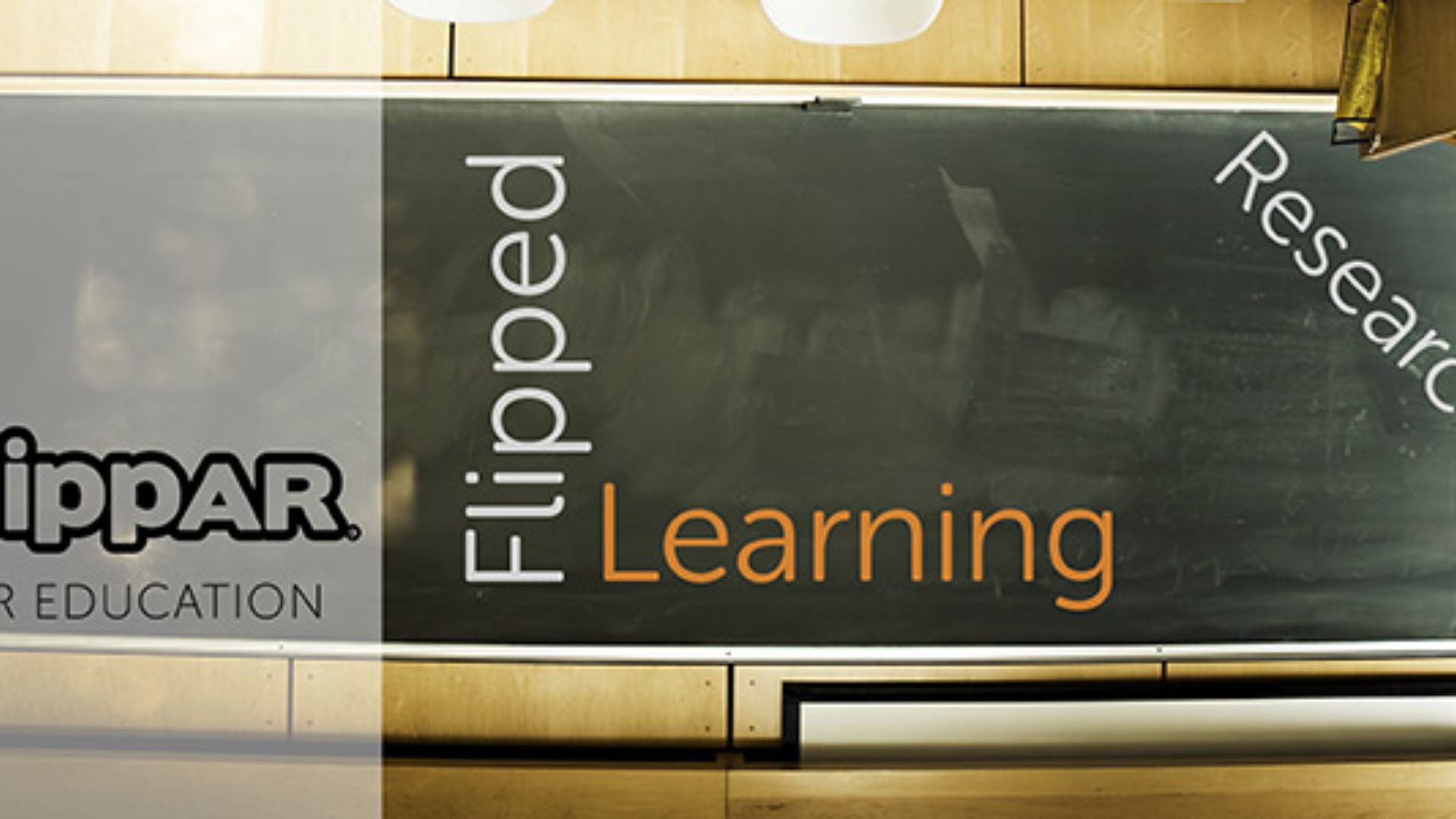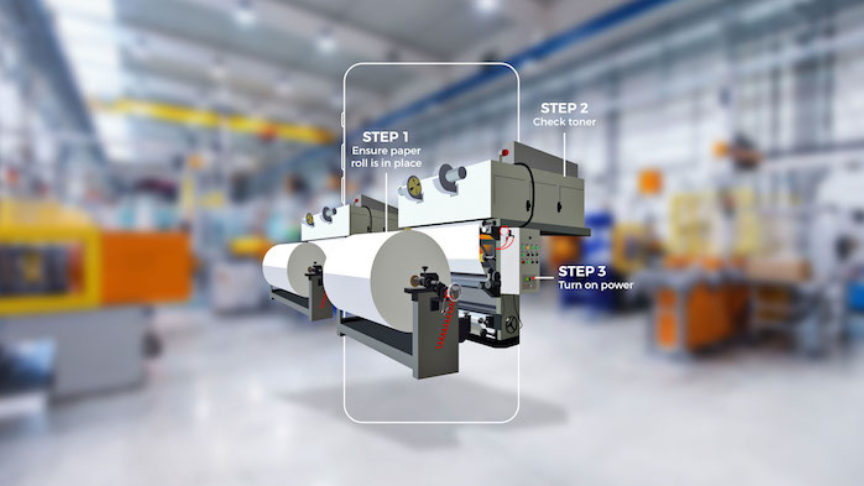What does the Research say about Flipped Learning? A Blippar for Education White Paper
October 22, 2015
What does the Research say about Flipped Learning? A Blippar for Education White Paper

In the second installment of the Blippar for Education White Paper series, the growth of ‘Flipped Learning’ in an increasingly technology-mediated education landscape is explored.
A magazine is an iPad that does not work. That is the startling title of a video that took the Internet by storm in 2011, in which an infant attempts to interact with a print newspaper as if it were a tablet computer, futilely tapping and pinching her way through the editorial. She is part of a generation known as the Millennials, often referred to as digital natives owing to their singular relationship with technology. Unlike their predecessors, to whom the arrival of ubiquitous technology represented a socio-cultural revolution, most Millennials were born into a world in which technology is an assumed part of everyday life, not some extraneous phenomenon (the accepted definition of Millennials traces their birth to the early-to-mid 1980s; those of us on the older end of the spectrum can at least remember life without mobile phones and high-speed bandwidth).
The relationship between the digital native and technology has had a profound effect on the education landscape. Teachers have access to myriad software applications tailored to education, and reports suggest that student expectations of technology-led learning are increasing. According to author Marc Prensky, meeting these expectations is crucial to unlocking the potential of today’s students. He contests the often-made observation that today’s students are deficient in focus and attention span, holding it to be an inaccurate assessment of the generation. Prensky believes traditional education does not sufficiently utilize the tools that Millennials believe are their 'birthright,’ and that if an attention deficiency exists it is for an outmoded approach to learning.

A learning approach that has become synonymous with the use of technology is that of flipped learning. While its origins can be traced to the early 1990s, it is perhaps the pervasive nature of technology in the contemporary environment that has accelerated flipped learning to the forefront of pedagogical thinking. Flipped learning essentially refers to an inversion of the traditional learning paradigm. Rather than delivering direct instruction in the classroom, that time is appropriated for the application of concepts through more collaborative and cognitively engaging learning activities. Direct instruction – that is, the traditional lecture – is shifted to the individual learning space, generally taken to mean the student’s home. The rationale underlying flipped learning is that the liberation of the classroom from direct instruction allows for greater engagement of students, where the teacher is better able to understand each individual’s learning progress through greater levels of interaction. Through the pervasiveness of technology, students can easily consume a traditional lecture in their own time prior to coming to class, priming them for engagement in higher order activities. Proponents of flipped learning contend that the classroom becomes a more stimulating learning environment as a result, and that students exercise greater autonomy and ownership over their learning.

As with any new learning approach, particularly one in which technology has assumed an important role, challenges abound. For educators seeking to implement a flipped initiative, there may be a significant lead-in time to adapting their delivery approach; therefore capacity becomes a potential issue. Leaving aside capacity, there is also a challenge associated with translating the theory and conventions of flipped learning into practice in a pedagogically sound way.
However, arguably the biggest challenge facing proponents of flipped learning is proving its efficacy as a set of learning methodologies. A natural concern for educators is the extent to which it affects the learning outcomes of their students. As a relatively recent phenomenon, the body of research investigating the efficacy of flipped learning is in its infancy. The Flipped Learning Network (FLN) synthesizes much of the available research to date, and while the findings are certainly promising for flipped advocates, they must be considered only a starting point. Its implementation has largely been limited to small-scale pilots, and informal discourse on the concept appears to outweigh any rigorous and robust evaluations of its impact. In order to fully legitimize flipped learning, larger scale studies are required and, crucially, they must utilize longitudinal cohorts to confidently evaluate the long-term impact of the flipped approach on learning outcomes.
To further explore the research and discussion on flipped learning, get in touch with Blippar for Education (education@blippar.com) to receive your copy of our white paper. In a future entry, the Blippar blog will evaluate the role of technology, and particular of augmented reality, in a flipped learning initiative.


